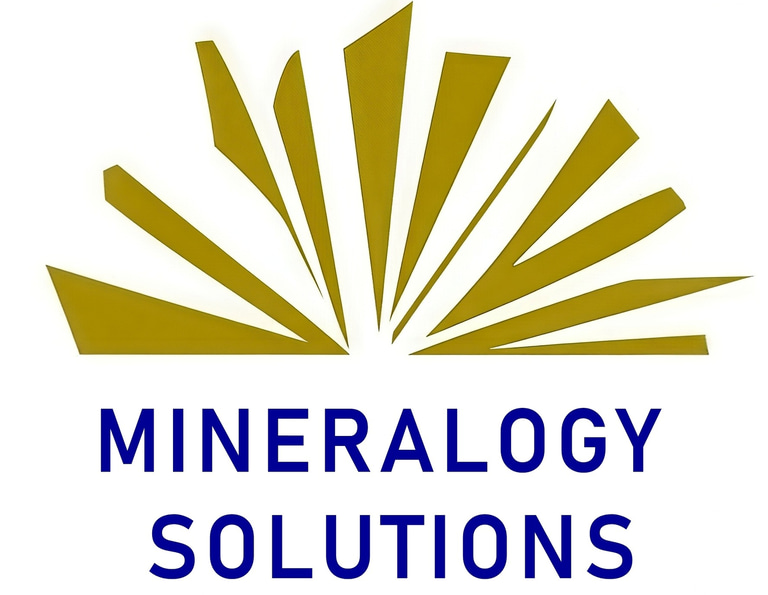Cognitive biases in analytical technique selection
I did come across a post recently, which stated that junior explorers should not resort to automated mineralogy by SEM (QEMSCAN, TIMA, etc.) in the early stages of a project, because it would mean spending thousands of dollars for answering a simple question. Instead, they should use optical microscopy upon discovering their first ore minerals (sulphides), as this is a cheaper method.
The immediate response, echoed by quite a few comments, is general agreement. After all, spending less money early on in a project, and then using the money at a later stage when the project is more advanced and specific questions need answering, does seems like the right idea. And in many cases it is sound approach.
However, the presentation of the argument, which was to ‘swap automated mineralogy for optical microscopy, because it is cheaper and can differentiate between pyrite and marcasite’ shows some inherent bias. Using an example (pyrite versus marcasite) that focuses on a limitation of automated mineralogy by SEM, saying that it is very expensive, and touting (ore) microscopy as a cheaper and better solution was meant to put the point beyond discussion.
And this made me pause and think.
Making assumptions, generalisations, and using reasoning that directly support our ideas and inclinations limits our options and understanding. Providing this reasoning and generalisation without a proper evaluation of the unique set of circumstances surrounding the project in question is risky. The project should influence the choice of analysis. It also invites suggestions for many other techniques that are equally ‘valid’ in this context, and which could be used to obtain the answer (pyrite or marcasite, or both), for example XRD.
It feels like choosing a hammer, before finding out if we are dealing with a nail, or if this is a screw.
Taking a step back, I have decided to do my best to give a hopefully balanced and thoughtful suggestion on how this might be done in a more nuanced way, and how I would approach it.
Based on my experience, the following questions should be asked at any stage of the project, from exploration to mining and products. These questions do not encompass everything, and might need to be adapted to specific circumstances, and I am happy for suggestions and a good discussion. In my role dealing with clients, I will ask a lot of questions before making recommendation.
The first questions I would ask, before any technique comes into the conversation, are these:
How representative are the samples you want to investigate?
There can be valid reasons for investigating samples that are not representative. They might be all that you have early on. However, it is prudent to scrutinise the reasoning. The money and time spent on analysing a sample or samples should correlate positively with representativity.
What do you need to know, and why do you need to know it?
This can range from ‘I don’t know what the mineral is and want to find out’ to ‘I need to understand the elemental deportment of the valuables in my ore’.
How quickly do you need a satisfactory answer?
There is no point sending samples off for petrographic or automated mineralogy analysis if you need results by tomorrow.
What are your budgetary constraints?
If money is an issue, the selection of samples and techniques needs to reflect that. It becomes an exercise in the evaluation of the information required, the level of statistical relevance needed and acceptable uncertainty. However, I would never suggest carrying out an analysis just because it fits within the budgetary constraints, if that analysis doesn’t help answer the questions that need to be answered.
The answers to these questions more often than not lead to more questions, and these questions help to put the project on a solid foundation. Eventually they will help determine the technique(s) to use and the cost.
And here are some thoughts and observations regarding our ‘analysis bias’, providing some thoughts on the range of possibilities.
Are there situations where it is necessary to use automated mineralogy on exploration samples? Yes, there are situations where this can be essential. This is often driven by the commodity and the minerals you are exploring for, among many other things.
Are there situations where petrographic analysis is the technique of choice? Absolutely. This will depend on what you need to know. Minerals in thin section and polished thin section can provide a wealth of information regarding the ore genesis and alteration.
Are there situations where other techniques are the best choice? Of course. There are many different techniques that can range from ‘in the field’ spectroscopic techniques that provide exploration assistance or core logging support, techniques for monitoring processes, analytical choices for grade control, etc.
Overall, it is essential to understand the benefits and limitations of the analysis or analyses you might choose, the cost-benefit you get from the results in terms of how well the results correspond to your expectations and needs, and last, but not least, the opportunity cost, which is driven by the timeframe in which results need to available.
